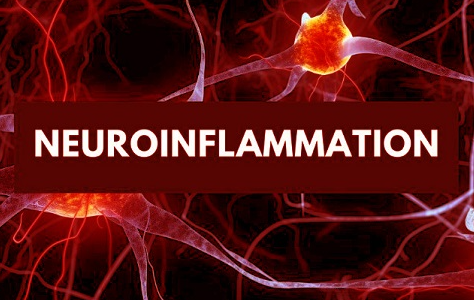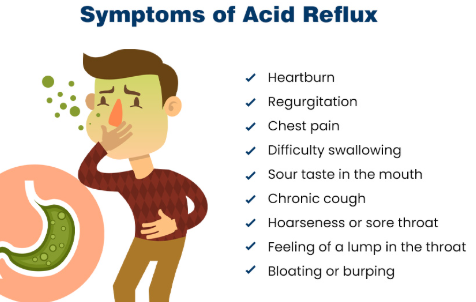Fibromyalgia is a chronic condition characterized by widespread pain, fatigue, and cognitive difficulties. While its exact cause remains unknown, emerging research suggests that the gut microbiome—the vast collection of bacteria, fungi, and other microorganisms living in our digestive system—may play a significant role in its development and symptoms.
In this article, we explore the connection between the gut microbiome and fibromyalgia, examining how gut health influences inflammation, pain perception, and overall well-being.
Understanding the Gut Microbiome
The gut microbiome consists of trillions of microorganisms that reside primarily in the intestines. These microbes are essential for:
- Digestion and Nutrient Absorption: They help break down food and produce essential vitamins.
- Immune System Regulation: A balanced microbiome helps protect against infections and chronic inflammation.
- Neurotransmitter Production: Gut bacteria influence mood and brain function by producing serotonin, dopamine, and other neurotransmitters.
When the gut microbiome is imbalanced (dysbiosis), it can lead to chronic inflammation, increased pain sensitivity, and other symptoms commonly associated with fibromyalgia.
The Gut-Brain Connection in Fibromyalgia
A growing body of research suggests that gut health directly impacts brain function and pain perception—a concept known as the gut-brain axis. This bidirectional communication system involves:
- The Vagus Nerve: A direct link between the gut and brain, transmitting signals that influence mood, pain, and inflammation.
- Microbial Metabolites: Certain gut bacteria produce short-chain fatty acids (SCFAs) that regulate inflammation and nerve function.
- Immune System Activation: Imbalances in gut bacteria can trigger widespread inflammation, contributing to the chronic pain seen in fibromyalgia.
People with fibromyalgia often experience digestive issues such as irritable bowel syndrome (IBS), bloating, and food sensitivities, further supporting the link between gut health and fibromyalgia symptoms.
Research on Gut Microbiome and Fibromyalgia
Several recent studies have highlighted distinct differences in gut microbiota composition between fibromyalgia patients and healthy individuals:
- A 2019 study published in the journal Pain found that fibromyalgia patients had reduced levels of specific beneficial bacteria and increased levels of bacteria associated with inflammation.
- Research has also shown that gut microbiome imbalances may contribute to heightened pain sensitivity, a hallmark of fibromyalgia.
While more studies are needed, these findings suggest that modifying the gut microbiome could be a potential treatment strategy for fibromyalgia.
How Gut Dysbiosis Affects Fibromyalgia Symptoms
1. Increased Pain Sensitivity
Dysbiosis can lead to low-grade inflammation, which may sensitize nerves and amplify pain signals, making fibromyalgia patients more sensitive to pain.
2. Fatigue and Brain Fog
An unhealthy gut microbiome may impair the production of serotonin and dopamine, neurotransmitters essential for energy levels and cognitive function.
3. Digestive Problems
Many fibromyalgia patients experience irritable bowel syndrome (IBS), which is closely linked to gut microbiome imbalances. Symptoms include bloating, constipation, and diarrhea.
4. Sleep Disturbances
Gut bacteria influence melatonin production, the hormone responsible for regulating sleep. Imbalances in gut flora may contribute to insomnia and poor sleep quality in fibromyalgia patients.
Can Restoring Gut Health Improve Fibromyalgia Symptoms?
Since the gut microbiome influences pain, fatigue, inflammation, and mental health, restoring balance may help alleviate fibromyalgia symptoms. Strategies for improving gut health include:
1. Probiotics and Prebiotics
- Probiotics (live beneficial bacteria) can help replenish the gut microbiome.
- Prebiotics (fiber that feeds good bacteria) support healthy gut flora.
- Foods rich in probiotics: Yogurt, kefir, sauerkraut, kimchi, kombucha.
- Prebiotic-rich foods: Garlic, onions, asparagus, bananas, oats.
2. A Fiber-Rich Diet
A high-fiber diet promotes gut health by feeding beneficial bacteria. Include:
- Whole grains (quinoa, brown rice, oats)
- Legumes (lentils, chickpeas)
- Fruits and vegetables (apples, berries, leafy greens)
3. Reducing Sugar and Processed Foods
Excess sugar and processed foods can disrupt gut bacteria and promote inflammation. Opt for a diet rich in whole, nutrient-dense foods.
4. Managing Stress
Chronic stress negatively affects gut health. Techniques like:
- Meditation
- Yoga
- Deep breathing exercises can help regulate the gut-brain axis.
5. Fecal Microbiota Transplantation (FMT) – A Future Therapy?
Some researchers are exploring fecal microbiota transplantation (FMT)—transferring healthy gut bacteria from a donor to a fibromyalgia patient. While still experimental, it shows promise in restoring microbial balance.
Conclusion
The gut microbiome plays a critical role in fibromyalgia by influencing pain, inflammation, mood, and digestion. Research suggests that imbalances in gut bacteria may contribute to fibromyalgia symptoms, making gut health an important area of focus for treatment.
While more studies are needed, dietary changes, probiotics, and stress management may offer natural ways to support the gut microbiome and potentially reduce fibromyalgia symptoms.
If you have fibromyalgia, consider discussing gut health with your healthcare provider to explore personalized strategies for symptom relief.

Click Here to Visit the Store and find Much More….
For More Information Related to Fibromyalgia Visit below sites:
References:
Fibromyalgia Contact Us Directly
Click here to Contact us Directly on Inbox
Official Fibromyalgia Blogs
Click here to Get the latest Chronic illness Updates
Fibromyalgia Stores









